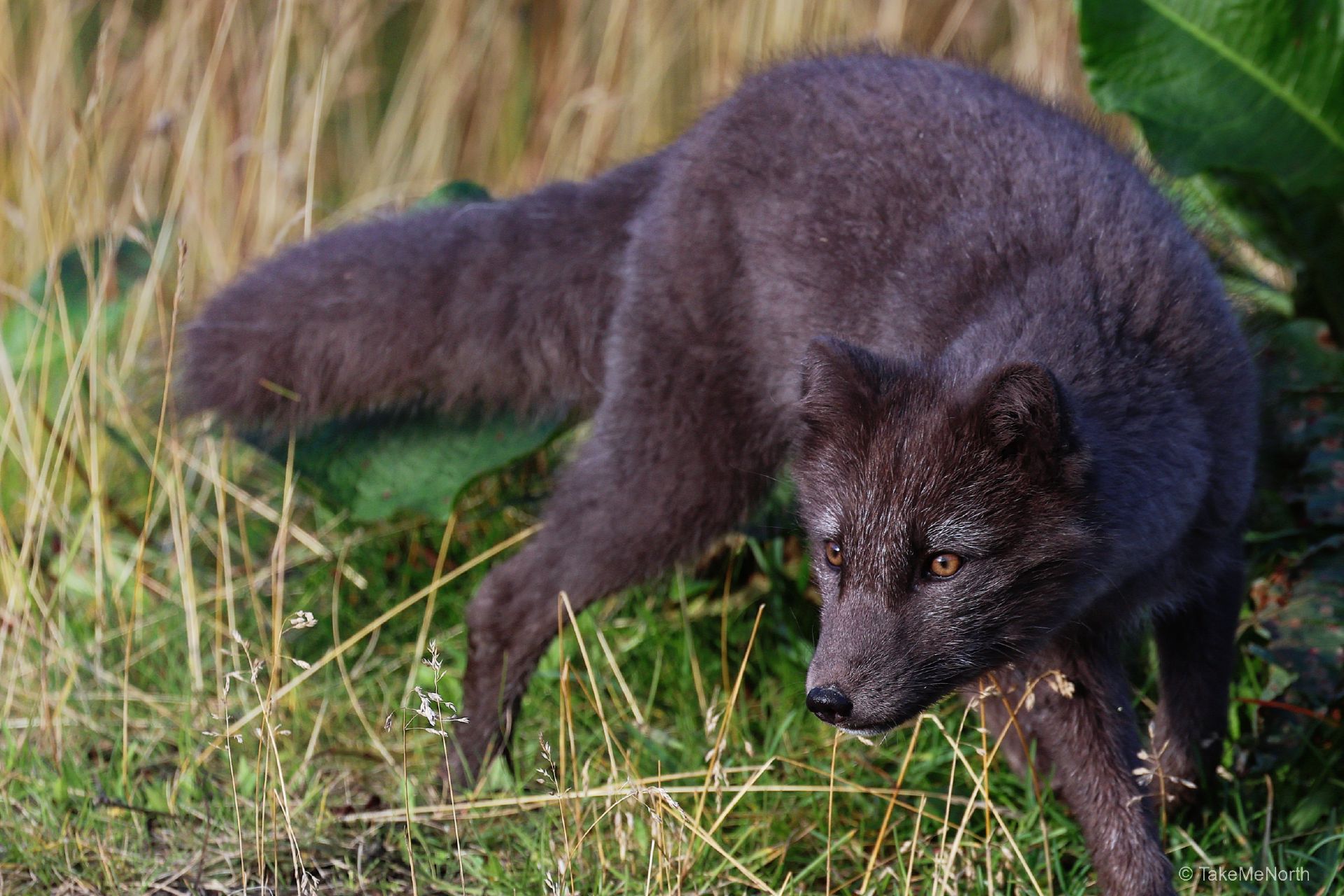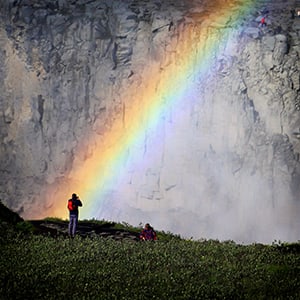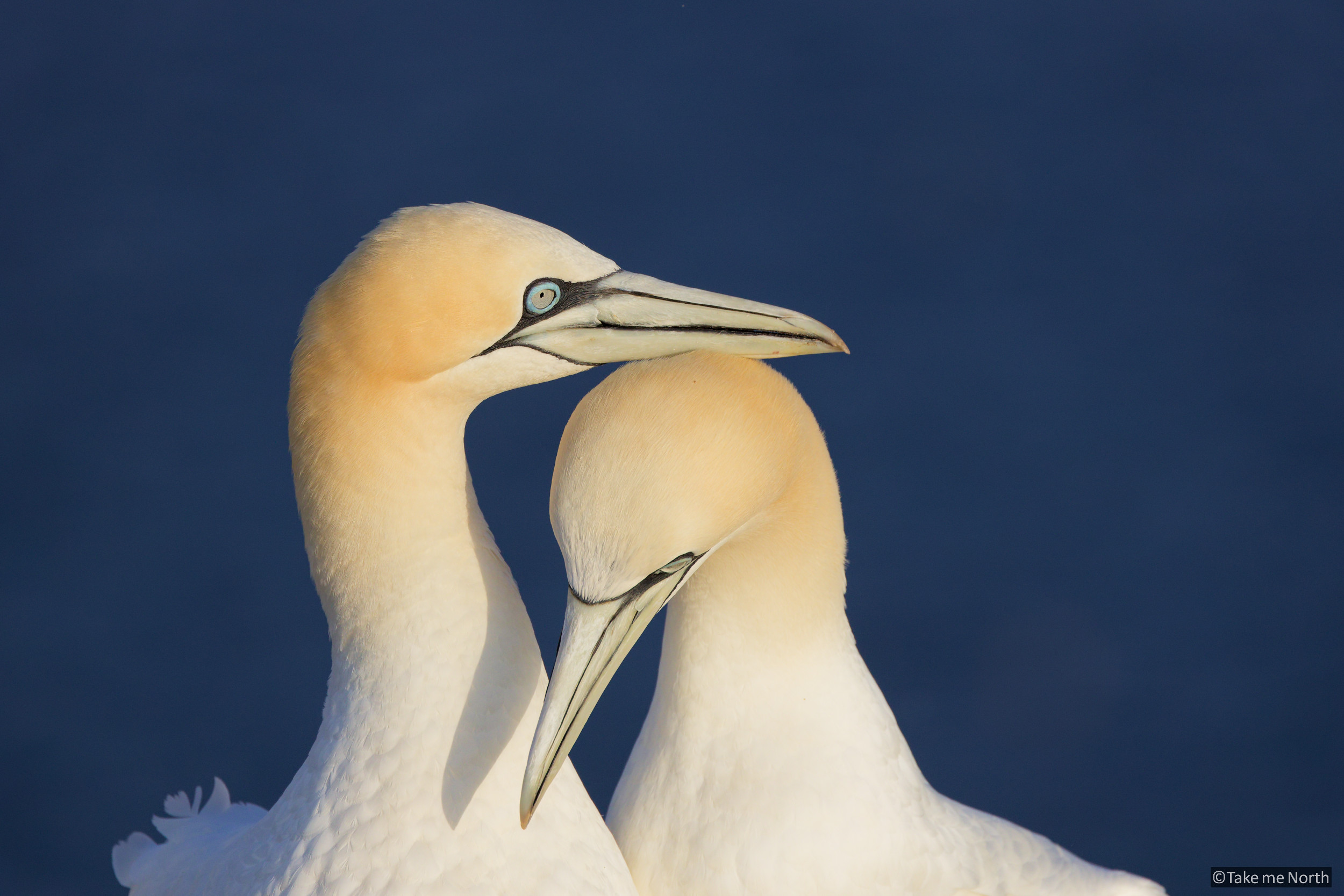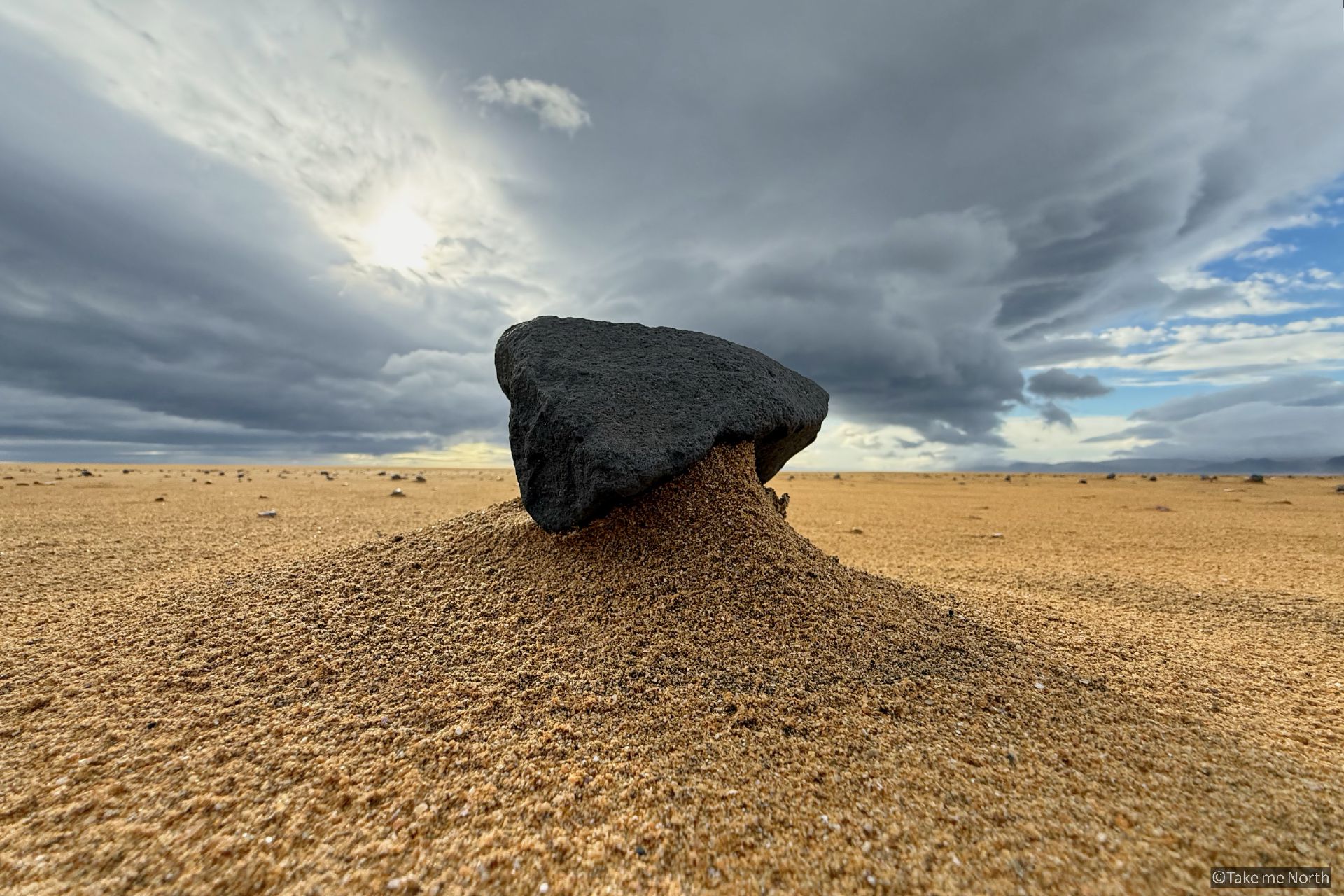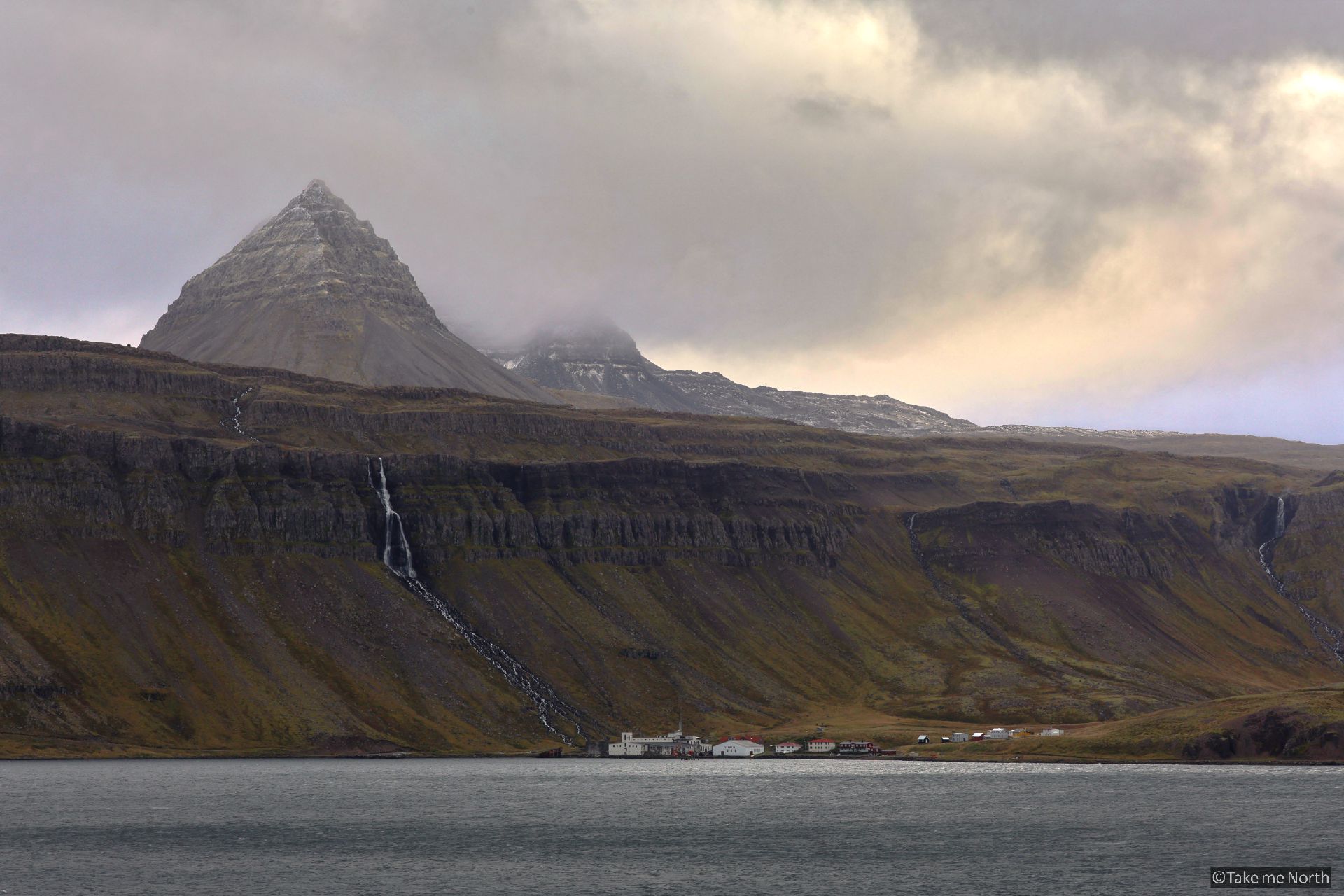When most people picture an Arctic fox, they imagine a small, snow-white animal blending seamlessly into frozen tundra landscapes. But along Iceland’s rugged coasts and windswept cliffs, there exists a rarer and striking variation: the blue morph Arctic fox. Unlike its white-coated relatives, the blue morph wears a thick, dark brown to slate-gray coat in winter, shifting to a slightly lighter brown in summer. This unique adaptation makes it perfectly suited to the island’s rocky shores and volcanic terrain, where snow cover is less consistent.
A Fox Like No Other
The blue morph is not a separate species, but a color variation of the Arctic fox (Vulpes lagopus). In Iceland, it’s far more common than the white morph; over 80% of the fox population belongs to this darker form. Biologists believe this dominance is due to the island’s coastal environment, where the blue morph’s fur provides excellent camouflage year-round against the lava fields, seaweed-covered beaches, and bare ground.
These foxes are opportunistic feeders. They scavenge seabird colonies, raid eider duck nests, and feast on fish washed ashore. They stockpile food for the harsh Icelandic winters. During lean winters, they even follow polar bears drifting in on sea ice from Greenland (though sightings of bears are exceedingly rare today). Their resilience and resourcefulness have made them an enduring symbol of Iceland’s untamed wilderness.
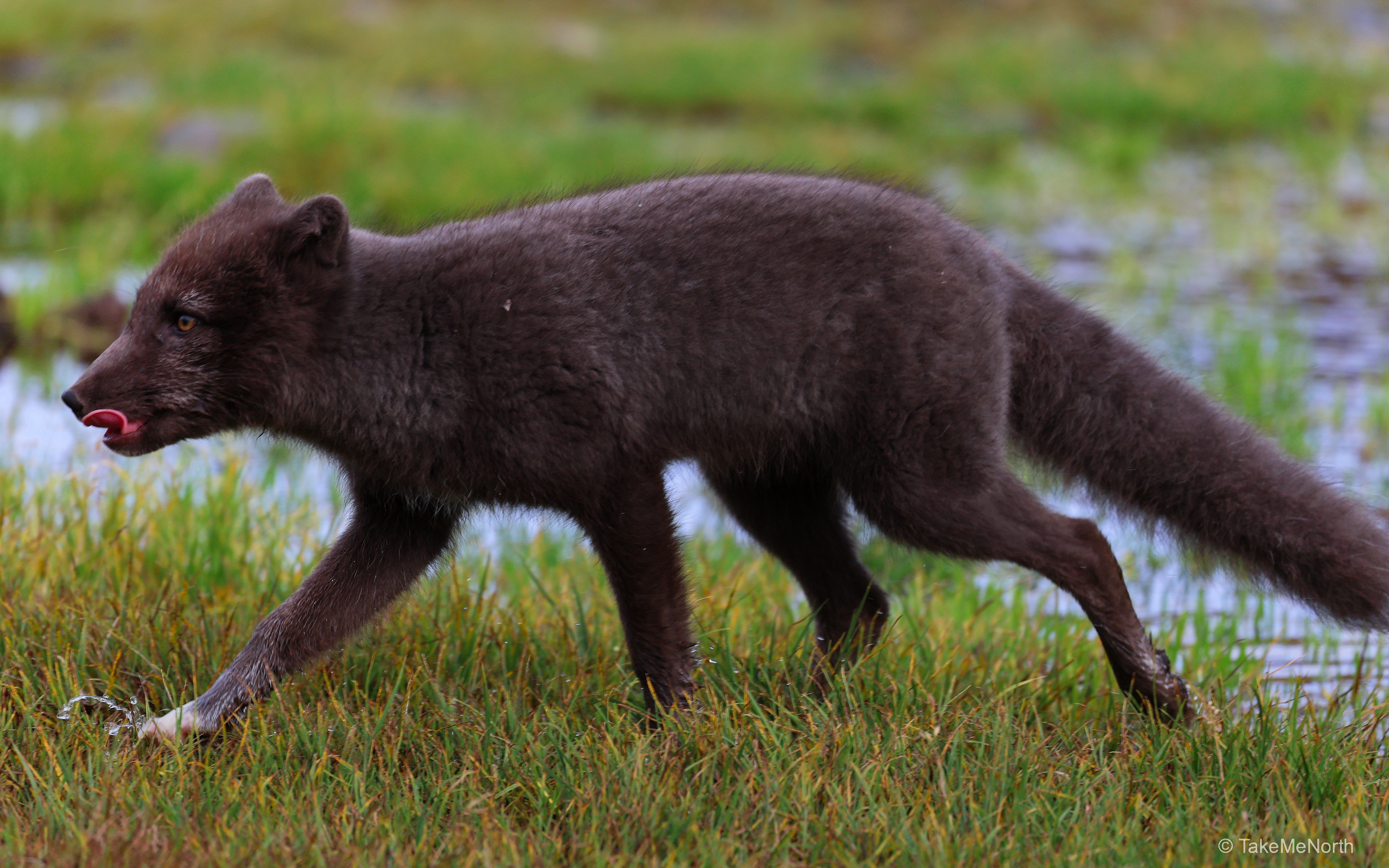
Foxes are not afraid to get their paws wet.
Foxes and Farmers
The Arctic fox may be Iceland’s only native land mammal, but it has not always been a welcome neighbor. While direct fox attacks on livestock are rarely fatal, sheep attacks are not uncommon. Foxes may wound lambs or adult sheep badly enough that they must be euthanized, a distressing and costly outcome for farmers. This reality, combined with the fox’s habit of raiding poultry and competing for eggs, has long made the animal unpopular among rural communities.
For centuries, the fox was considered both a pest and a resource. Its pelts were once valuable, but more importantly, hunting foxes was a way to protect precious livestock.
Fox Hunting in Icelandic History
Hunting Arctic foxes became more than pest control; it became a cultural marker. Hunters ventured into wild, remote places, often in brutal weather, tracking foxes across snowfields or along treacherous cliffs. Their endurance and skill earned them admiration, and in local history and folklore, successful fox hunters were often regarded with heroic status. They were seen as protectors of farms and communities—figures embodying resilience in the face of Iceland’s harsh natural conditions.
Today, attitudes toward the fox are shifting. In places like Hornstrandir Nature Reserve, the animals are fully protected, and ecotourism has turned the once-reviled predator into a star attraction. Visitors can now watch the blue morph Arctic fox up close, its fur blending seamlessly with the volcanic landscape.
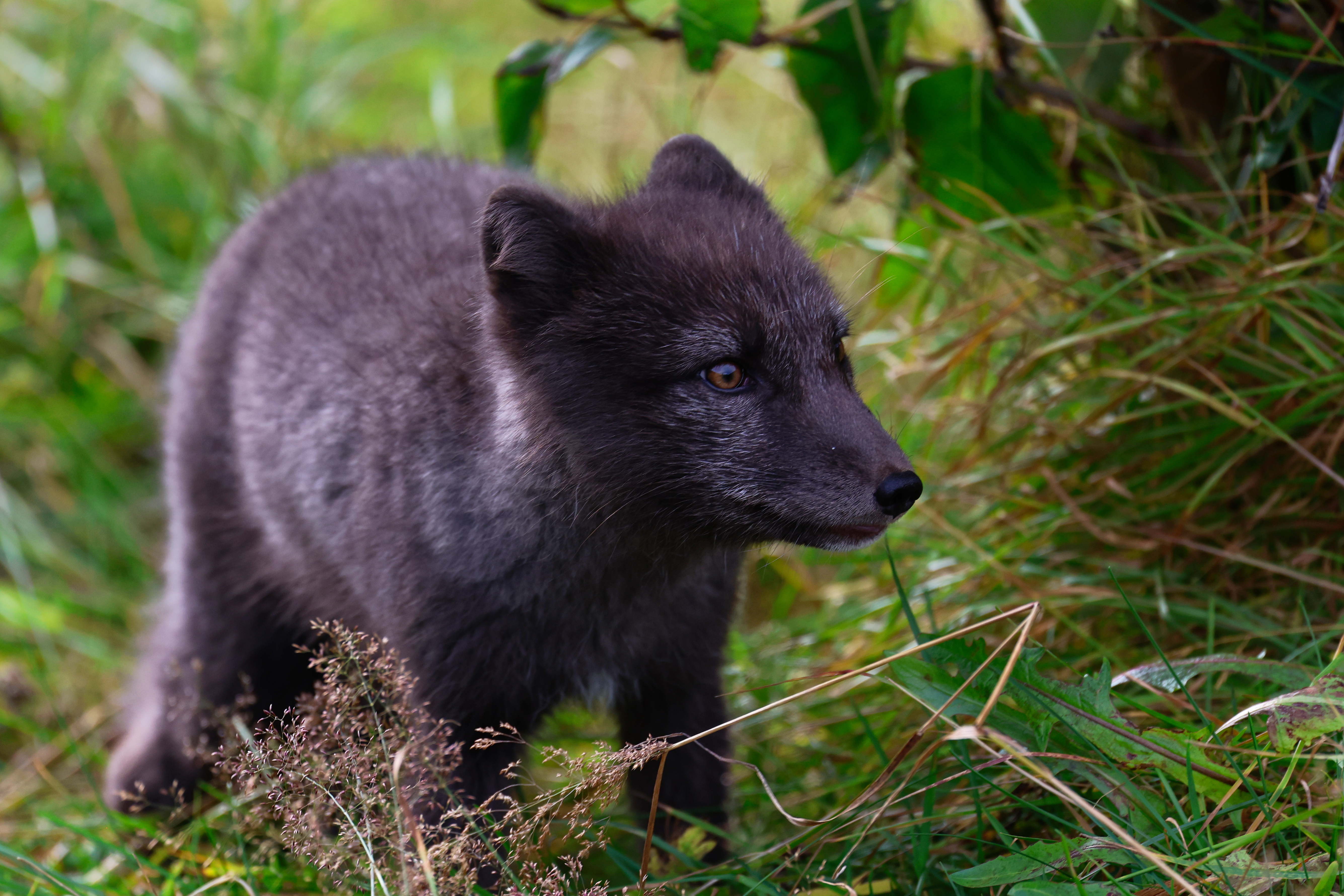
The fur coat of the blue morph.
A Living Symbol of the North
The blue morph Arctic fox is more than a scientific curiosity; it is a living emblem of Iceland’s ability to adapt and endure. Its survival against both natural challenges and human opposition reflects the very spirit of the island itself. For us travelers, encountering a fox is not only a glimpse of Iceland’s wildlife but also an entry point into the layered history of survival, conflict, and coexistence between people and nature.
